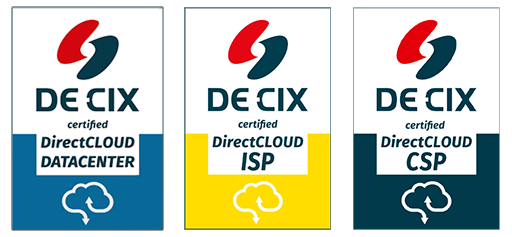Hypervisor
A hypervisor is a software or hardware layer that enables the creation and operation of multiple virtual machines (VMs) on a single physical server. Each virtual machine functions as an independent computer with its operating system and applications, while the hypervisor allocates computing resources — CPU time, memory, disk space, and network connections — among them.
Types of Hypervisors
- Type 1 (bare-metal) — installed directly on the physical hardware, bypassing the operating system. Hypervisors such as VMware ESXi, Microsoft Hyper-V, and Xen offer high performance and are commonly used in enterprise environments and data centers.
- Type 2 (hosted) — runs within an existing operating system. Examples include Oracle VirtualBox, VMware Workstation, and Parallels Desktop. This type is convenient for testing, development, and educational purposes, but is generally less efficient under heavy workloads.
How It Works
A hypervisor manages hardware resources, allocating them to virtual machines as needed. It isolates VMs from one another, preventing mutual interference and ensuring security. Administrators can start, stop, copy, or migrate VMs between servers without downtime (live migration).
Examples of Use
Hypervisors are used in cloud platforms to provide virtual servers to clients, in corporate data centers to consolidate infrastructure, in software development for testing applications across different operating systems, in educational environments for creating lab setups, and in telecommunications for virtualizing network functions (NFV).
Advantages
- Efficient use of hardware resources.
- Isolation and security of virtual environments.
- Flexible and scalable infrastructure.
- Rapid recovery in case of failures.
Hypervisors are a fundamental virtualization technology underpinning modern cloud services and flexible IT infrastructures. They enable companies to reduce hardware costs, accelerate system deployment, and improve fault tolerance.
Frequently Asked Questions
If high performance and reliability are required in an enterprise environment, Type 1 is preferable. For testing and personal use, Type 2 is more suitable.
Yes, each virtual machine can have its operating system, including different versions of Windows, Linux, or other platforms.
With proper configuration, a hypervisor has minimal impact on performance, especially in the case of Type 1. However, under heavy workloads and with many VMs, there may be competition for resources.
A hypervisor virtualizes hardware and runs complete operating systems, whereas containers share the host operating system’s kernel and use fewer resources but provide less isolation.






